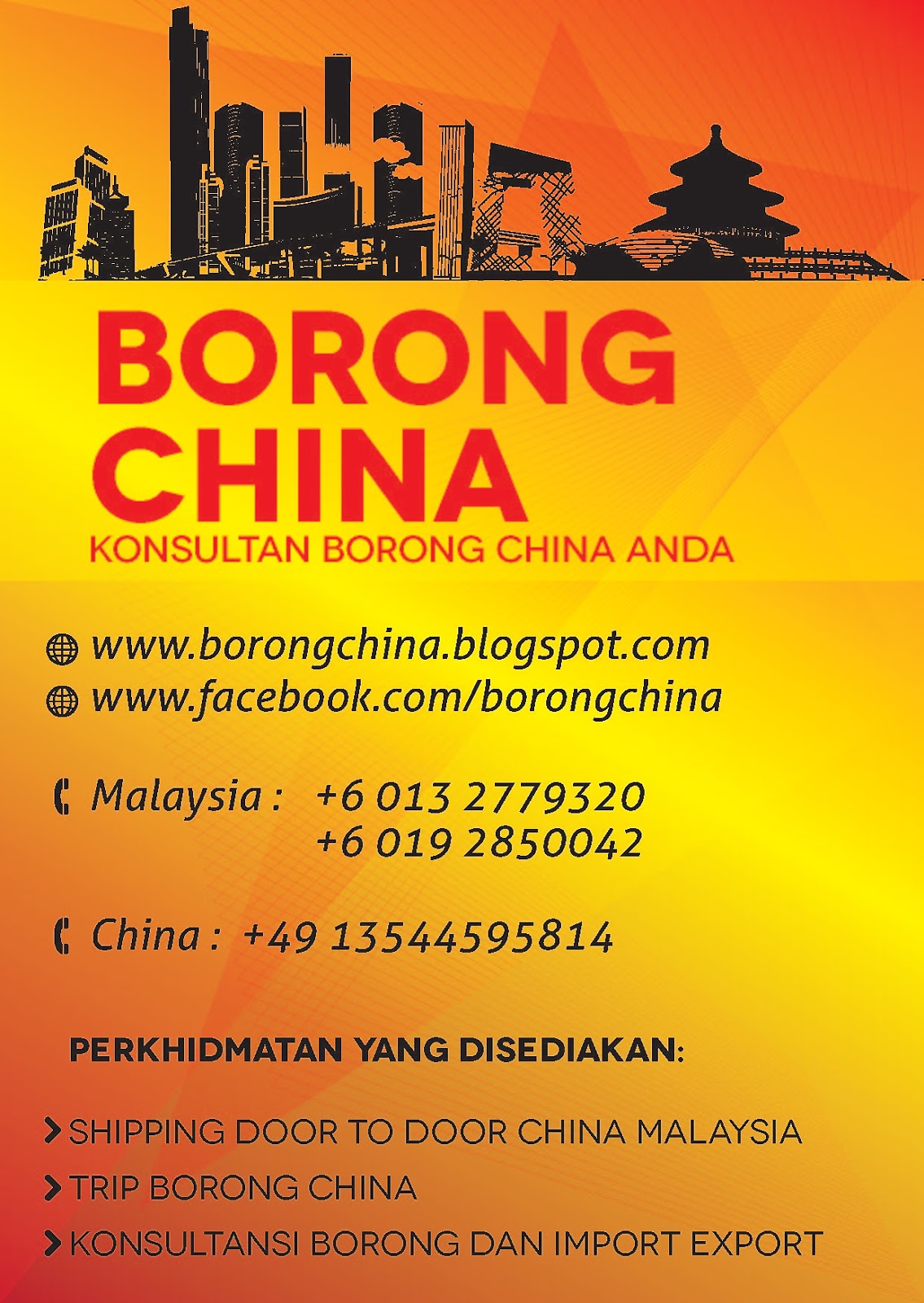2. Zhejiang China Light & Textile Industrial City
3 Wu Ai Commodity Market, Shenyang, Liaoning Province
4. Xiliu Clothing Wholesale Market, Haicheng, Liaoning Province
5 Linyi Wholesale City, Linyi, Shandong Province
6 Hanzhengjie Commodity Market, Wu Han, Hubei Provice
7. He Hua Chi Wholesale Market, Chengdu, Sichuan Province
8. Nansantiao Commodity Market, Shijiazhuang, Hebei Province
9. Naochuan Clothing Market, Shangdong Province
10. China Oriental Silk Market, Wusi, Jiangsu Province
11. Shijiazhuang Xinhua Trade Center, Hebei Province
12 Xiaoshan Commercial City, Zhejiang Province
13. Changshu Merchandise Mall, Jiangsu Province
14 Huangyan Luqiao Commodity Market, Zhejiang Province
15. Jimo Clothing Wholesale Market, Shandong Province
16. Chongqing Chaotianmen Comprehensive Market
17. Cixi Zhouxiang Food Wholesale Market, Ningbo, Zhejiang Province
18. Shenyang, China Furniture City, Liaoning Province
19. Caiyun City, Yantai Development Zone, Shandong Province
20. Harbin Underground Commodity Market, Heilongjiang Province
21. Datang Textile Market , Zhuji, Zhejiang Province
22. Huanbei Commodity Market, Hangzhou, Zhejiang Province
23. Guangfu Road Market, Changchun, Jilin Province
24. Hangzhou Silk Market, Zhejiang Province
25. Zhoucun Textile World. Zibo, Shandong Province
26. Huzhou Silk City, Zhejiang Province
27. Evergreen Clothing Market, Hangzhou, Zhejiang Province
28. Jiangyin Food City, Jiangsu Province
29. Zhili Light & Textile & Embroidery Industry, Zhejiang Province
30. Honghe Sweater Market, Jiaxing, Zhejiang Province
31. Hangzhou Light Textile Market, Zhejiang Province
32. Jiangyin Textile Market, Jiangsu Province
33. Qiaoxi Qingnian Street Market, Shijiazhuang, Hebei Province
34. Yongjia Bridge Button Market, Wenzhou, Zhejiang Province
35. Taicang Light Textile Market, Jiangsu Province
36. Tongxiang Puyuan Wool Market, Jiaxing, Zhejiang Province
37. Guanlin Commercial Plaza, Luoyang, Henan Province
38. Harbin Toulong Street Market, Heilongjiang Province
39. Eastern Wholesale Market, Lanzhou, Gansu Province
40. Qiaonan Industrial Goods Market, Changde, Hunan Province
41. China Shoes City, Shenyang, Liaoning Province
42. Guanghui Wholesale Market, Lanzhou, Gansu Province
43. Daxiangguo Temple Market, Kaifeng, Henan Province
44. Liusha Cloth &Fabric Market, Puning, Guangdong Province
45. Dongyuegong Market, Xingning, Guangdong Province
46. Guangzhou Baima Clothing Wholesale Market
47. Dongxing Market, Shenyang, Liaoning Province
48 Jiashan Mall, Zhejiang Province
49. Harbin Nanji Food Wholesale Market, Heilongjiang Province
50. Baigou Commodity Market, Hebei Province














